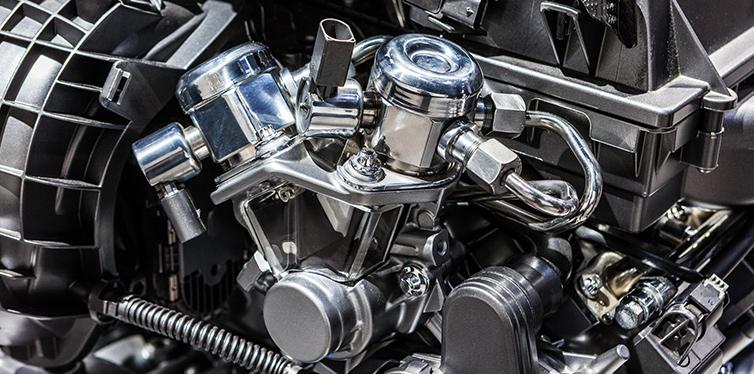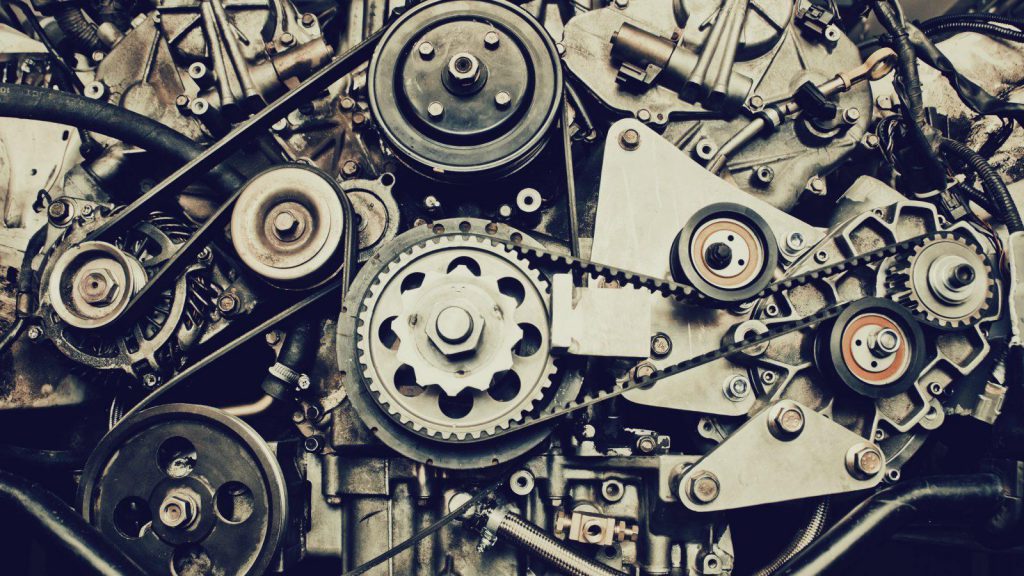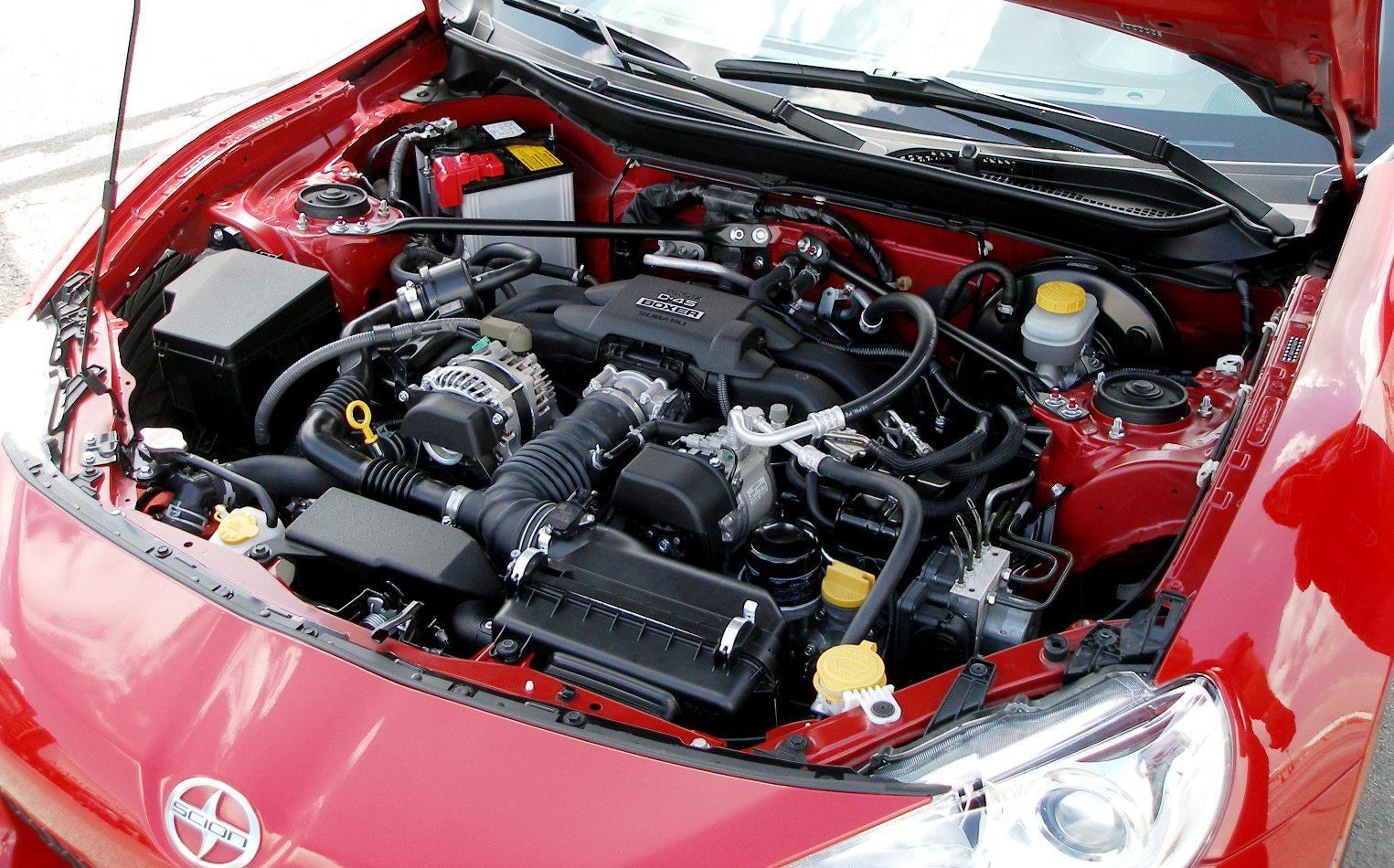A horsepower is a unit for measuring power and in the automotive world, it denotes to the power that the engine generates with accessories. The two common horsepower types related to automobiles are brake horsepower (BHP) and wheel horsepower (WHP). But, what do these terms mean? Let’s delve into a discussion about BHP vs WHP including their definitions and the differences between them.
Contents
BHP vs WHP: The Definitions
Brake horsepower refers to the power generated and measured at the crankshaft just outside the engine. It does not count the power loss caused by the drivetrain and gearbox. The BHP is the aftermath of applying brake torque to the engine. Some people call it Crank or Flywheel horsepower but these terms are not quite similar.

Wheel horsepower is measured at the wheels. It refers to the actual power available for the acceleration of the car minus the power loss in the drivetrain and all types of parasitic losses including power draining by the alternator, fans, pumps, muffled exhaust, and some other accessories. In fact, it is the true horsepower that goes into the driving wheels.
BHP vs WHP: The Rules For Measuring The Units
The standards for calculating BHP and WHP are separate from each other. The DIN 70020 was the standard in Europe for measuring the brake horsepower. It tests the power of an engine that has connections to all ancillaries and exhaust systems that a vehicle has.
According to the older American standard, BHP is the power of an engine minus the power of the water pump, alternator, and auxiliary components including a muffled exhaust system, power steering pump, and other related parts. But, the new American standard counts the engine power along with all the ancillary accessories. For this reason, the BHP of the same car will be the same measured in European and new American standards.
Read more:
A dynamometer is the most common tool for measuring the WHP. It has a connection to the vehicle, which in turn, accelerates a Power Absorbing Unit (PAU) and a roller. The roller’s rotational inertia, the power of the PAU, and the rate of acceleration determine the wheel’s horsepower. Some dynamometer calculates the WHP solely from the roller’s inertia.
The Differences Between BHP vs WHP
Before analyzing the differences between BHP and WHP, you should also know that both BHP and WHP are different ways to measure the power output of your car engine. The BHP and WHP are both horsepower but the components that generate them are different. Also, they have some glaring dissimilarities.
- Brake horsepower is the most common way of measuring the power output of an engine. It is the power that the engine produces at the crankshaft before any power losses due to friction in the transmission, differential, and other drivetrain components. In other words, it is the power that the engine produces at the flywheel when it is running on a dynamometer for the engine test stand.
- Wheel horsepower, on the other hand, is the power that the engine produces on the wheels of the car. It takes into account the power losses that occur as the engine’s power is transmitted through the drivetrain and to the wheels. These losses can be caused by factors such as friction in the transmission, differential, and wheel bearings, as well as the weight of the car and the rolling resistance of the tires.

The main difference between BHP and WHP is that BHP is a theoretical measurement of the engine’s power output, while WHP is a real-world measurement of the power that actually reaches the road. The WHP is generally lower than BHP due to the power losses that occur in the drivetrain.
In terms of performance, the WHP is a more accurate indicator of how much power is actually available to accelerate the car. The higher the WHP, the faster the car will be able to go. However, BHP is still a useful measurement for comparing the power output of different engines and for understanding the theoretical maximum power that an engine is capable of producing.
Looking at the table below to have a better understanding of distinguishing between BHP and WHP:
| Brake Horsepower (BHP) | Wheel Horsepower (WHP) |
| Brake horsepower is a combination of the output torque and rotational speed. | It is the inertia of a roller turned by the engine. |
| Does not count the power loss caused by the gearbox and drivetrain. | It counts the drivetrain’s power loss and other parasitic losses. |
| BHP does not show the true horsepower going to the brake. | Shows the true horsepower going to the wheels. |
| Measured by a tool named a Prony brake. However, an electrical brake dynamometer is the most common tool for this job these days. | A dynamometer does the measures of WHP. |
Understand more about the difference between BHP vs WHP in this video:
Wrapping up
BHP and WHP are methods to calculate the power. The difference is inside its equation. While BHP excludes other auxiliary components’ power losses, WHP does count. In other words, BHP measures the strength of the engine by itself but WHP counts the final force to 4 wheels of a car. Hope you enjoy this article, if you have any questions, do not hesitate to leave a comment below.




I appreciate the concise and clear nature of this piece. The concept is well-explained and, for the most part, well-written. Can’t help but notice several typos/misspellings, though.